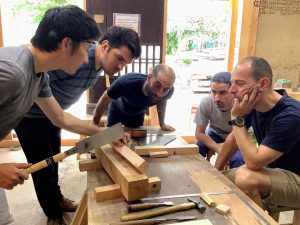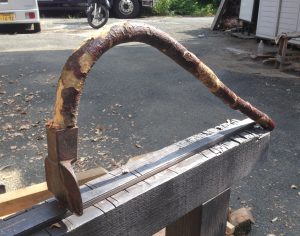
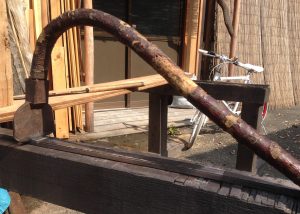
It was traditionally used to flatten out the lumber.
Once the wood was brought down from the mountains, it would first be split or sawed off using the Oga (a big saw) flattened using a Chouna and finally finished off using a yari-Ganna (before the hira kanna was introduced to Japan).
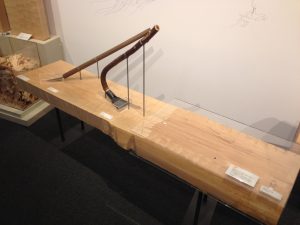
On display in the carpentry tool museum in Kobe.
In a lot of traditional structures, you will see posts, beams, bearing the marks of the Chouna. These days, instead of being used as a part of the flattening process of lumber, the distinctive texture is popularly used for flooring, walls, and decorations.
Despite how it may look, it is actually very difficult to master.
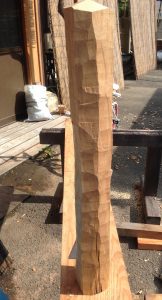
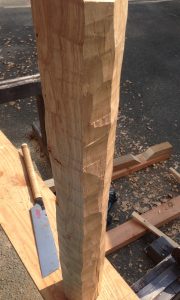
There are several shapes of the blade available, each providing different patterns.
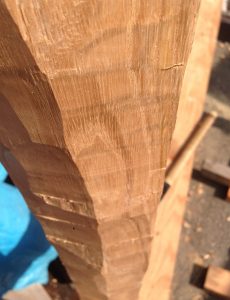
If you would like to see more Chouna action, here’s a pro: www.facebook.com/hatsurist
At Suikoushya, we share traditional Japanese woodworking techniques and skills. Since it is a small group system, we will provide guidance tailored to each individual’s skills, from beginners to woodworking professionals. Please join us!
I look forward to sharing fine woodworking with you.
One month Japanese woodworking classes
